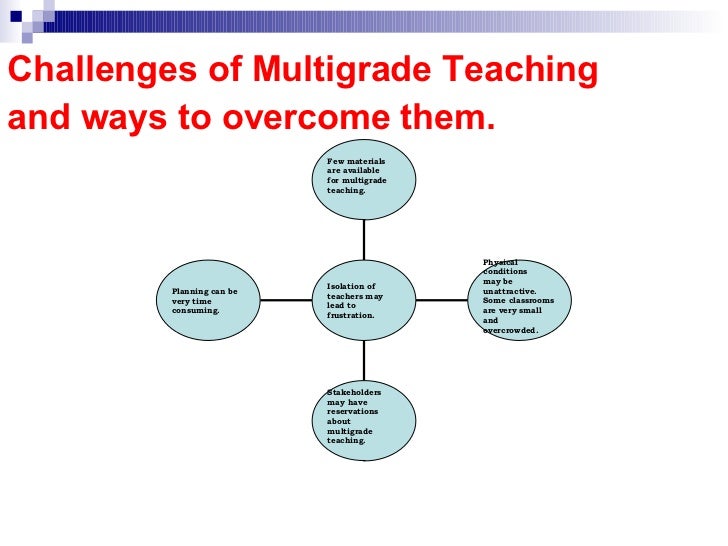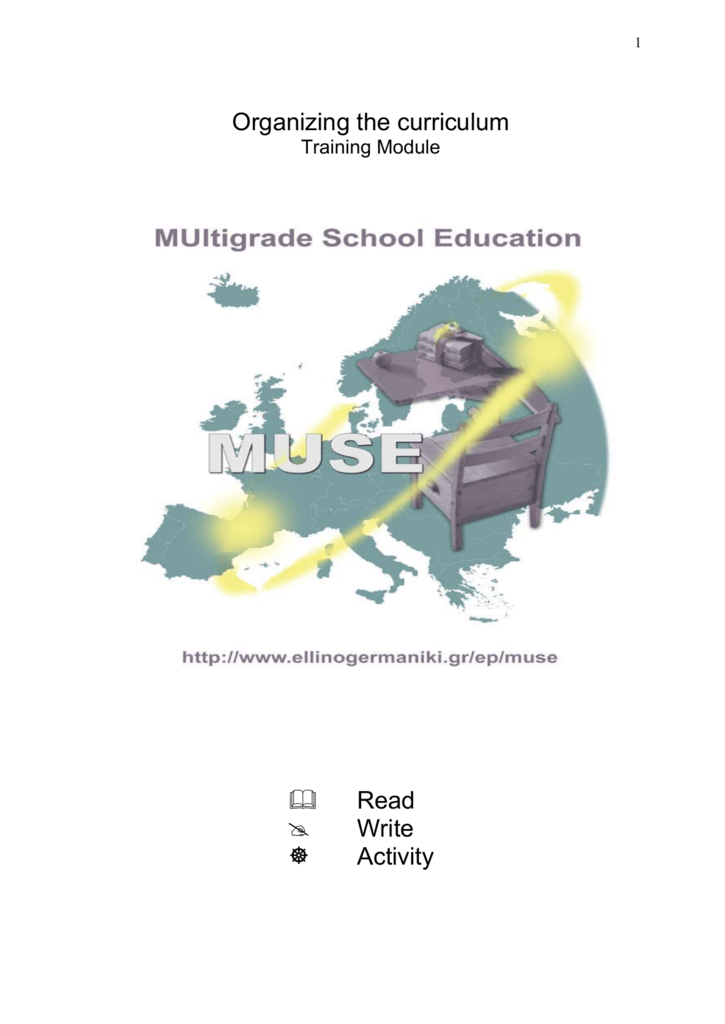- Teaching Multigrade Classes In The Philippines
- Practical Tips For Teaching Multigrade Classes
- Teaching Multigrade Classes In The Philippines
- Strategies In Teaching Multigrade Class
Teaching Multigrade Classes In The Philippines


Practical Tips For Teaching Multigrade Classes
. A multiaged class brings together children of different ages and stages of development in a learning environment, which prepares them for real-life situations. A multiaged classroom is a more natural learning situation: for example, older children naturally helping younger ones. I would highly recommend trying a multi-grade setting on teaching practice. The majority of schools in Ireland consist of mixed classes, so to me it is necessary to get the experience. Anything to give that edge in an interview.
Teaching Multigrade Classes In The Philippines

Strategies In Teaching Multigrade Class
Theoretical overview of multigrade teaching
Multigrade teaching occurs in primary education when a teacher has two teach two or more primary school student grades in the same class. More general term and probably more accurate is that multigrade teaching refers to the teaching of students of different ages, grades and abilities in the same group. The multigrade class structure is known by various names in different countries; these include 'composite' or 'combination' classes, 'double' classes, 'split' classes, 'mixed-age' classes, 'vertically grouped' classes, 'multiple classes', 'family classes' or 'multilevel classes'. In multigrade schools a relatively small number of teachers try to be effective in their educational work while dealing simultaneously with a number of pupils of different ages, educational levels and needs. It follows that for children to learn effectively in multigrade environments; teachers need to be well trained, well resourced, and able to meet highly demanding teaching tasks and to hold positive attitudes to multigrade teaching.
Multigrade classrooms ought to be taken seriously into account since such schools are considered to play important role on providing access to education for all in remote, isolated and underdeveloped rural areas. Such schools are more than a reality in primary education in many regions of Europe, Latin America, Asia, Africa and the rest of the world constituting a very common educational form in problematic rural areas, sparsely inhabited regions and urban areas with adverse social conditions. In such areas multigrade schools not only aim to give enrolment and continuous attendance in school environments, but also to provide knowledge and pedagogy of good standards and in addition to play a wider role in social development.
In most of the cases the multigrade school is the only viable school formation in rural environment and the effort should be focused on improving the teaching and learning conditions in this school formation. Multigrade teaching is presented as a powerful pedagogical tool for promoting independent and individualized learning. This kinds of teaching and learning seem to have great advantages since the teaching programme is adjusted to the specific needs of the individual student and thus contributes to better learning outcomes. Multigrade school provide the best test bench for research and investigation of the usefulness of individualised teaching since personalised education is a basis that gives solutions at the multigrade setting and thus is widely adopted.
Multigrade schools have potential and play important role as educational units in underserved rural areas. In addition multigrade schools could present good teaching and learning practises useful and applicable in all kind of schools and classrooms. The unfortunate reality is though that these schools form the most neglected part of the education system. National educational authorities, ministries of education and pedagogical institutions most of the times do not take into account or recognize or consider important the differentiation on the teaching and learning conditions in the multigrade environment. The formation of the school in multigrade classrooms is in most cases considered as a 'necessary evil' situation that is adopted just to fulfil the obligation of the official state for providing education for all. As far as this is the main goal of the state, to fulfil an obligation, then much less attention is paid to provide quality education or to support the specialised needs of the teachers working multigrade schools. Due to the geographical oddities, the socio-economic peculiarities and the lack of adequate school infrastructure and personnel, these schools still remain at the education's world cut off.
The MUSE (MUtigrade School Education) project takes into consideration the numerous specialised conditions prevailing in multigrade education and establishes the framework in order to provide support to multigrade teachers in Europe.
This handbook represents in fact the first evidence of this supporting effort as it aims at presenting a general framework for improving professional performance of multigrade teachers.

